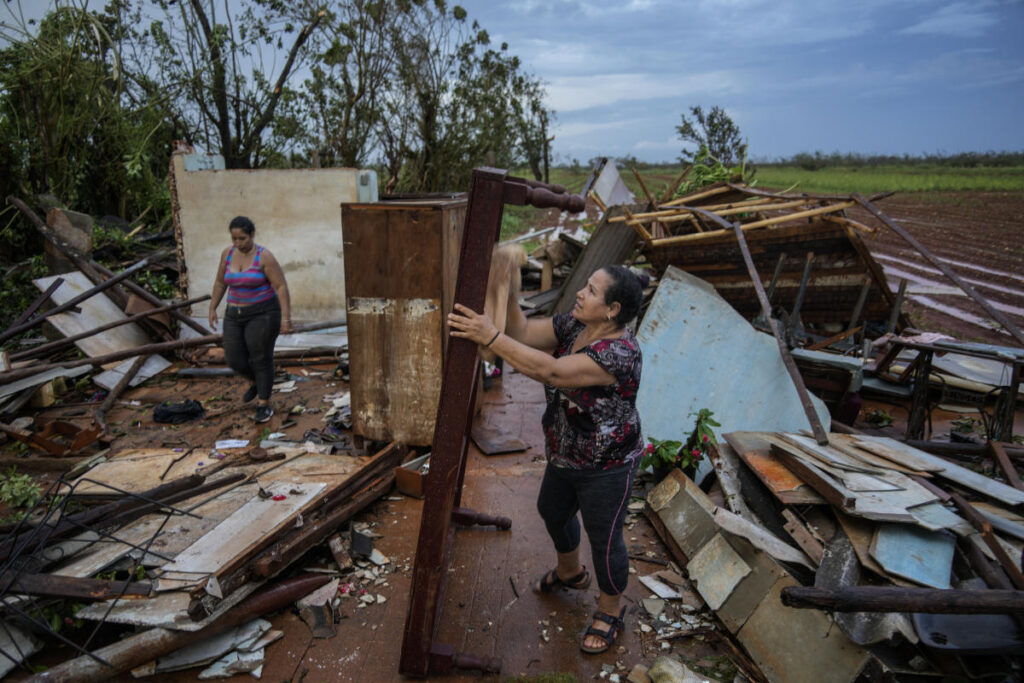Hurricane Rafael transitioned into a tropical storm on Saturday, as it diminished in strength over the Gulf of Mexico after making landfall in Cuba as a formidable Category 3 hurricane. As of Saturday, Rafael was identified approximately 290 miles north-northwest of Progreso, Mexico, with maximum sustained winds recorded at 50 mph. The storm was moving west-northwest at 6 mph, according to updates from the National Hurricane Center in Miami. Meteorologists anticipated that Rafael would continue its path toward southern Mexico while losing further intensity, warning local residents of the potential for life-threatening surf and rip currents along the coast.
Earlier in the week, Rafael wreaked havoc across several Caribbean islands, notably Jamaica and the Cayman Islands, causing widespread damage, including power outages and landslides. The storm’s impact on Jamaica and the Cayman Islands was severe, as it knocked out electricity and led to significant infrastructural setbacks. In particular, many communities dealt with the aftermath of flooding and debris, as first responders worked tirelessly to assist affected residents.
Rafael’s most damaging encounter occurred when it struck Cuba on Wednesday evening, leading to a massive disruption of daily life. The hurricane’s powerful winds devastated the electric grid, leaving a significant portion of the population without power. In the immediate aftermath, the Cuban government evacuated approximately 283,000 citizens and reported the collapse of 461 homes, alongside uprooted trees and damaged power lines. The destruction left countless streets flooded and in disarray, prompting a concerted effort by officials to restore normalcy.
Despite government efforts to rectify the situation, many Cubans remained without electricity over the weekend. The hurricane’s timing was particularly unfortunate, as the country had recently endured an extended spell of blackouts, underscoring the fragility of its electric infrastructure. In light of the crisis, the Russian government pledged assistance to Cuba, offering 80,000 tons of diesel fuel and a shipment of equipment worth $62 million, highlighting the international community’s role in aiding those affected by natural disasters.
The aftermath of Hurricane Rafael also highlighted Cuba’s deeper struggles with recovery, as the dual challenges of economic hardship and the ongoing effects of climate change compound the impact of such weather events. The storm followed a difficult couple of weeks for the island, during which a previous powerful hurricane had also left six fatalities in its wake. The series of storms has raised concerns about the resilience of the country’s disaster response systems and the infrastructure in place to deal with such crises.
As Rafael continues its journey southward, the potential risks it poses remain a pressing concern for communities along its path. Meteorologists are keeping a close watch on the storm’s trajectory while cautioning these areas to brace for adverse weather conditions. Families and individuals in the southern regions of Mexico are advised to stay informed and prepared, as swells from the storm could lead to hazardous seaside conditions and further complicate the recovery efforts from the recent hurricanes. The recurring challenges posed by extreme weather events exemplify the pressing need for improved infrastructure and disaster preparedness to safeguard vulnerable populations from future calamities.

